Description
Product Model: D200136 (also marketed as ADC5483-D200136 or D200136L)
Product Brand: Metso Automation
Product Type / Series: Power Supply / Converter Module
Key Features:
- Input: 115/230 VAC, 50/60 Hz at ~4.5 / 2.5 A, dual-voltage capability.
- Output: 28 VDC at ~9 A (some sources list 28 V DC, 9 A output)
- Discontinued / legacy product, but still listed in surplus / industrial parts markets.
- Variation D200136L is sometimes listed with identical specs; “L” suffix likely indicates a variant or later revision.
- D200136
Role & System Fit
The Metso D200136 (or ADC5483-D200136) is a power supply / converter module used in Metso / Valmet control or instrumentation systems. Its role is to convert AC input power (115 / 230 VAC) into a regulated DC voltage output (commonly 28 VDC) to feed instrumentation, control logic, and auxiliary modules in the control rack or panel.
Because many DCS / I/O racks (especially older Metso / Valmet designs) require stable DC bus voltages, modules like the D200136 are often the backbone of the system’s power distribution. The existence of a “L” variant (D200136L) suggests this module had multiple revisions or upgrades.
Given that it is listed as “discontinued” by multiple sellers, the D200136 likely lives primarily nowadays in maintenance / spare inventories or legacy system support roles.
In a system, this module would typically be mounted in a power rack or base plate, alongside other control, I/O, and signal modules, and would feed the DC bus lines that support upstream logic or I/O modules.
Technical Features & Benefits
Input / Output & Electrical Ratings
- The module’s AC input requirement is 115/230 VAC, 50/60 Hz, drawing ~4.5 A at 115 V or ~2.5 A at 230 V, per vendor listings.
- It delivers 28 VDC output at ~9 A, which provides a substantial DC power budget for downstream modules.
- Many listings mark the unit as discontinued by the manufacturer (Metso / Metso Automation) yet still trade in the surplus / used market.
- The variant D200136L is similarly specified in vendor data, with identical ratings in many listings.
Because of the lack of wide OEM documentation, detailed internal specs (line regulation, ripple, transient response, efficiency) are not publicly verified in my search. The public sources mostly provide the broad input/output envelope.
Practical Considerations & Observations
- Being a legacy module, internal components (capacitors, fans, regulators) might degrade over time, so checking the output voltage ripple, temperature, and health is critical before reusing in critical applications.
- Because it outputs 28 VDC at ~9 A, thermal management (ventilation, heatsinking) is important, especially under heavier loads.
- Spare modules should be matched by suffix (e.g. D200136 vs D200136L) to avoid revision mismatches.
- As part of a control / instrumentation system, the DC output must be distributed carefully to avoid voltage drop, cross-coupling noise, and loading beyond its rated capacity.
Technical Specifications Table
Here is a summary table based on publicly available data; treat it as a reference guide rather than guaranteed values:
| Specification | Value / Range | |
|---|---|---|
| Model | D200136 (also ADC5483-D200136) | |
| Function | Power Supply / Converter Module | |
| AC Input | 115 / 230 VAC, 50/60 Hz | |
| Input Current | 4.5 A @ 115 V / 2.5 A @ 230 V | |
| DC Output Voltage | 28 VDC | |
| Output Current / Capacity | ~9 A | |
| Status | Discontinued / Legacy | |
| Variant | D200136L (same specs) |
Installation & Maintenance Insights
To use or maintain D200136 modules in field or control environments, here are practical recommendations and precautions:
Mounting & Environment
- Mount in a well-ventilated cabinet or rack, ensuring sufficient airflow to dissipate heat from internal components.
- Avoid placing adjacent heat-generating modules too closely; allow clearance above and below.
- Use vibration isolation if deploying in environments subject to mechanical shock or vibration (e.g. shipboard, off-road).
Wiring & Power Quality
- Use properly rated AC wiring, fuses, and protective devices upstream of the module to guard against surges, overloads, or short circuits.
- Ensure AC input voltage is stable and within ±10 % of nominal; prolonged undervoltage or overvoltage could stress internal regulators.
- For DC output, distribute via adequately sized copper busbars or cabling to avoid voltage drop.
- Avoid high inductive or capacitive loads directly on the DC output without proper filtering or decoupling.
Commissioning & Testing
- Before connecting critical loads, verify output voltage under no-load, half-load, and full-rated load to ensure regulation.
- Measure ripple and noise using an oscilloscope to confirm acceptable levels for downstream electronics.
- Test under thermal load (simulate expected load current) to confirm that thermal behavior is safe (e.g. no overheating, voltage sag).
- Monitor long-term drift or instability, especially in modules that have aged or been in service long.
Replacement Strategy
- Because the module is discontinued, maintain at least one functional spare (same revision).
- Mark spares clearly (e.g. D200136 vs D200136L) to avoid mismatches.
- Pre-test spares on bench before integrating into system, confirming voltage, stability, and load capacity.
- Keep or archive any available documentation or service history for reference during repairs or diagnostics.

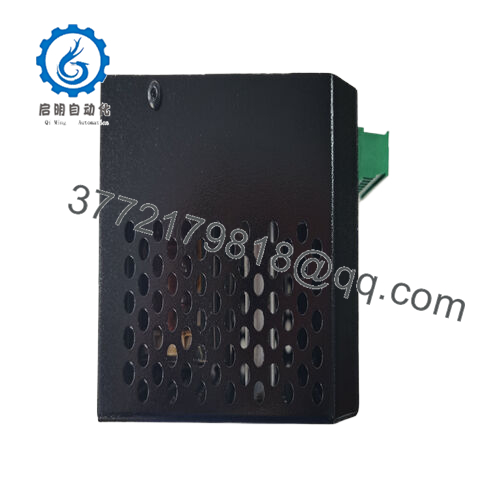
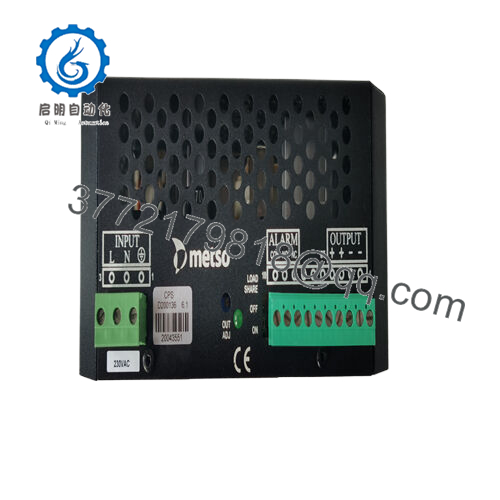
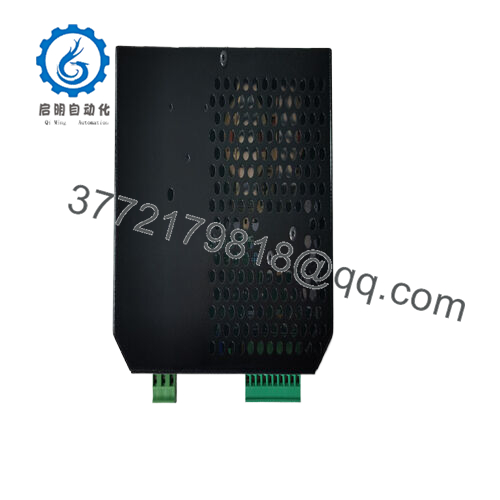
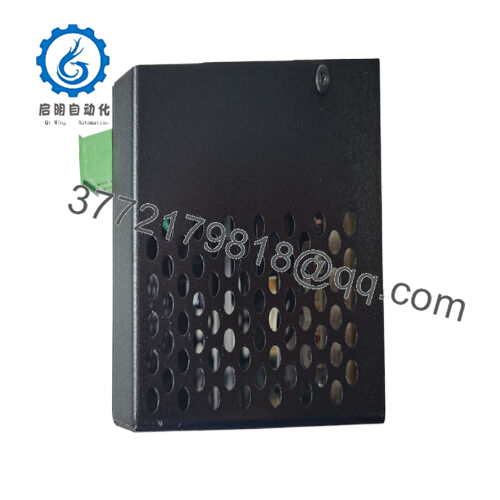
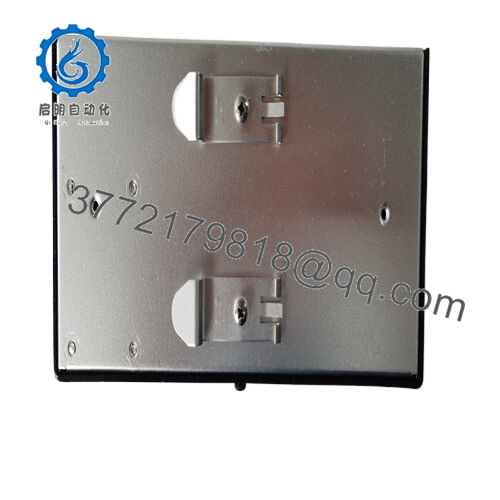
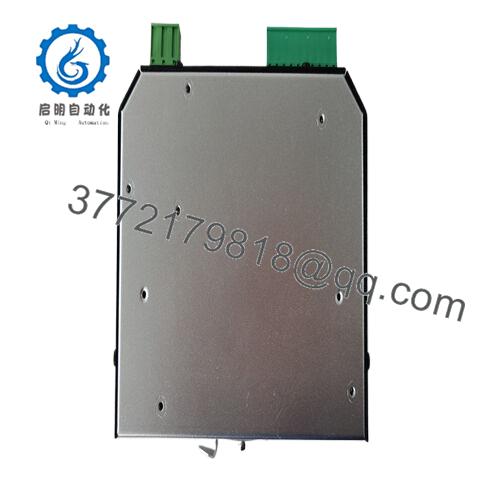
 WhatsApp: +86 16626708626
WhatsApp: +86 16626708626 Email:
Email:  Phone: +86 16626708626
Phone: +86 16626708626


